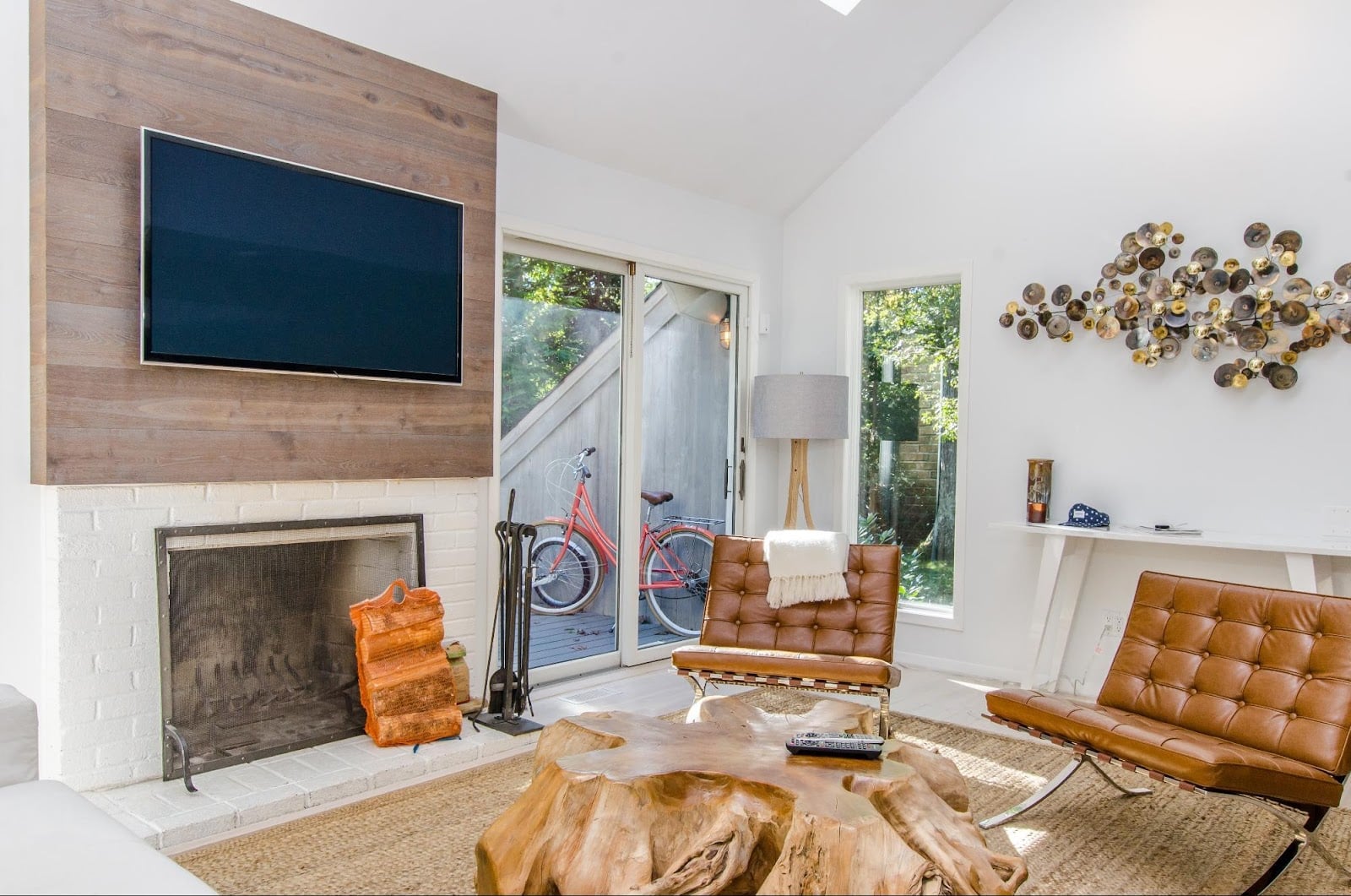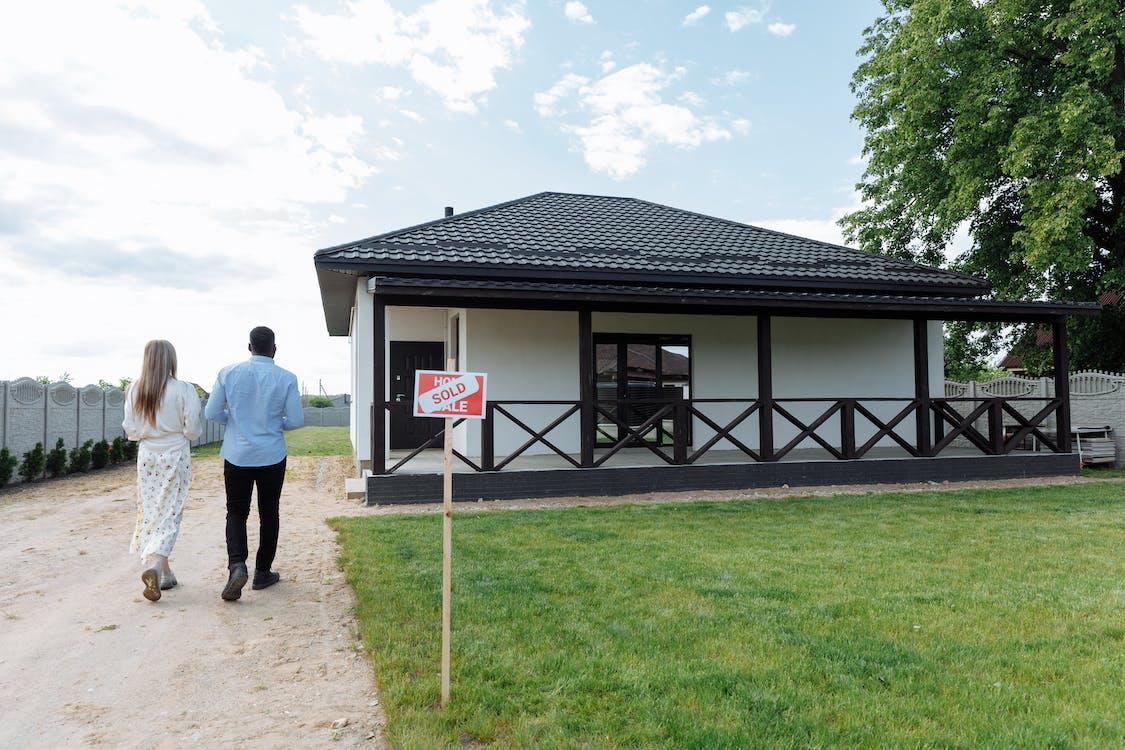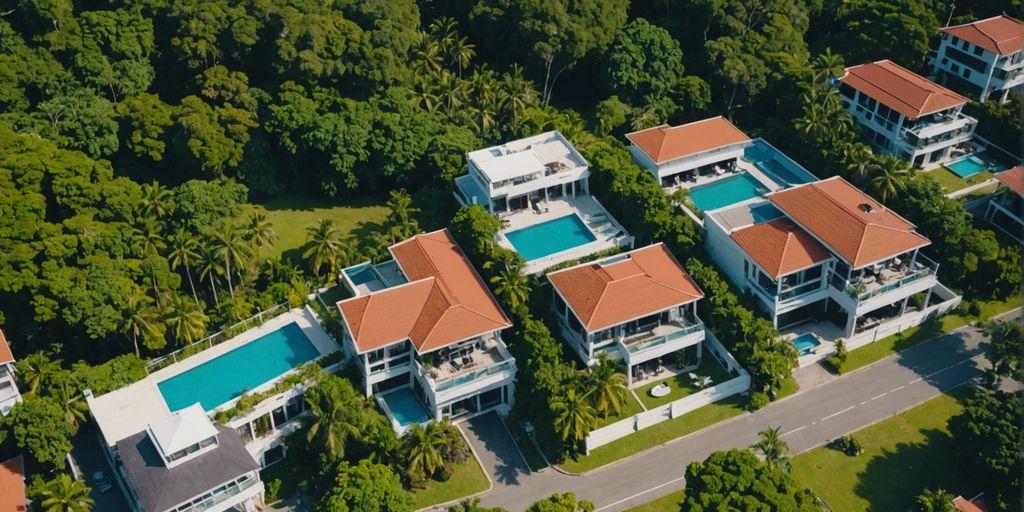As environmental awareness and technological advancements continue to influence modern society, these factors are also shaping the future of real estate. Sustainable, smart homes are being designed and built to adapt to the needs of homeowners while reducing their impact on the environment. In this article, we will explore the ways in which these advancements are transforming our living spaces.
Table of Contents
Navigating the Real Estate Market
When looking for a sustainable and eco-friendly home, potential buyers may find traditional real estate processes overwhelming. Certain companies can sell your house quickly without hassle in Minnesota and make the process of finding and selling properties easier, helping buyers and sellers navigate the market, and align with their sustainability goals in a smoother manner.
Green Roofs and Living Walls
Green roofs and living walls are gaining popularity due to their ability to improve air quality and insulation, and even provide food. These installations not only offer visual appeal but can also contribute to reducing energy bills by providing natural insulation and lowering the urban heat island effect.
Integrating Smart Technology
The incorporation of smart technology into homes is simplifying household tasks and providing greater control over various aspects of our daily lives. From intelligent thermostats to voice assistants, these technologies are making homes more efficient and user-friendly. Automated systems can help reduce energy consumption, manage security, and even assist with grocery shopping.
Transportation Solutions
Sustainable living extends beyond the home itself. Future-proofing real estate United Kingdom also includes considering transportation solutions for environmentally conscious residents. This may include incorporating electric vehicle charging stations, promoting car-sharing options, and accessible bike storage. Additionally, urban planning efforts to make cities more walkable and accessible to public transportation contribute to a holistic approach to sustainability.
Eco-Friendly Construction Materials
Eco-conscious construction materials have become increasingly popular for their positive effects on the environment and overall durability. Examples include using recycled steel, reclaimed wood, and bamboo in building projects. Not only do they reduce waste and energy consumption during production, but they also contribute to improved air quality and energy efficiency in new homes.
Energy Efficiency and Renewables
Utilizing renewable energy resources, such as solar panels and wind turbines, is one of the most significant trends shaping the future of real estate. Homebuilders are focusing on maximizing energy efficiency through better insulation, improved window design, and efficient lighting and appliances. These efforts save homeowners money while reducing greenhouse gas emissions.
Resilience and Adaptability
As climate change accelerates, resilience and adaptability in housing design will become essential. Construction materials and methods that can withstand extreme weather events and natural disasters, as well as adaptable home layouts for changing family dynamics, will become more common. Smart home technology can also play a vital role in providing early warning and response systems for various emergencies.
Smart Water and Recycling Systems
To further reduce environmental impact, smart homes are also adopting water-saving and recycling technologies. For instance, greywater systems can reuse water from household sinks and showers for irrigation, while rainwater harvesting systems can collect and store rainwater for later use. These systems contribute to reduced water waste and help preserve our vital water resources.
Compact Living and Shared Spaces
Urbanization is driving the need for smaller, more efficient living spaces. Architects and designers are developing innovative solutions for compact living that maximize square footage without sacrificing comfort. Additionally, shared housing options such as co-living, cohousing, and micro-apartments are gaining traction as a response to the increased demand for sustainable real estate.
Health and Well-being
Health and well-being are becoming integral aspects of modern smart homes. Homebuilders are now considering features like natural lighting, air filtration systems, and noise reduction techniques to create a living environment that fosters physical and mental well-being. Encouraging connection with nature, indoor plants, and biophilic design elements are also seeing increased adoption in creating nurturing and calming environments.
Conclusion
The future of real estate is defined by the integration of smart technologies and eco-friendly practices to create sustainable homes that cater to the evolving needs of homeowners. As our world moves toward greater environmental awareness and resource conservation, embracing these trends will be essential for future generations and the planet we call home.





